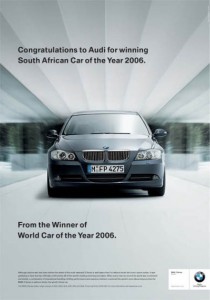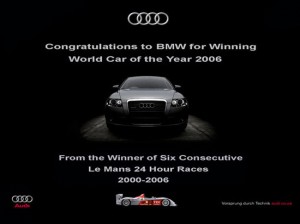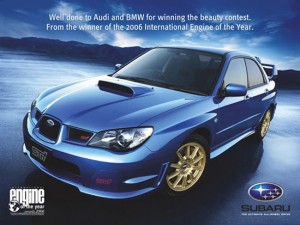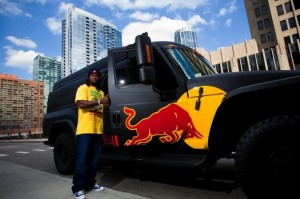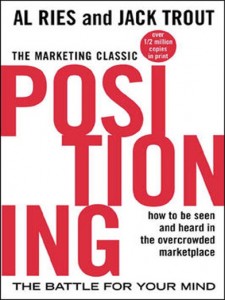When I think about marketing, I often think of major companies with big goals, complex strategies and formal promotion. But because of this course I’ve seen its far more than that- it applies to everyone and every business- not just those focussed on profits. Before leaving home to come to UBC, I was lucky enough to be part of an organization called Greenpop. It’s an organization that started when founder, Misha Teasdale, wanted to plant 1000 trees in a month to offset his own carbon footprint after doing NGO work throughout Africa. He quickly realized that he would not have the time or money to accomplish this mammoth task within a month, and so had the idea of selling trees for R50 (the equivalent of 7 CAD) to the public, and then planting the trees himself. Each tree that was sold was given a special number, and put onto a GPS map so that each tree-buyer could see where their tree was planted and how it was doing in the months to come.
When I got involved in the project, 1000 trees seemed like a very daunting number, and I often doubted that enough money could be raised out of the blue with no help from any companies or the government. However, Misha proved me wrong time and time again. His enthusiasm for the project was infectious, and, combined with a good marketing strategy, he has been able to inspire many people to be ‘greener’ and has planted far more than the 1000 trees he set out to plant. With an ever-growing army doing plantings, Misha’s little Greenpop venture is well on its way to changing the South African landscape for the better.
Misha’a main lessons to me in the field of marketing have been that little bits go a long way at first, and that marketing is one of the most powerful tools available to any person, firm, idea or initiative. Greenpop started as an online idea- where Misha blogged, tweeted, facebooked and shared as much content as he could about his idea. This was my first personal run in with the powers of social media- Greenpop received so much attention from friends, peers and a wider online community that the Greenpop team were able to start raising awareness in other ways. I liked a classmates blog post on social media, where she says “Facebook, Twitter and their cousins can help build or destroy your brand”. In Greenpop’s case, social media was key to their success, as their finances were non-existent at first. They hosted days called ‘Park Parking’ where astro turf was laid out on a parking space and musicians, artists and the public gathered to raise awareness of sustainability, Greenpop, and its efforts to plant 1000 trees during September.

Greenpop spread its ideas and efforts through many innovative and inspiring ways, such as creating a mural through reverse graffiti (such as the one Tamar talked about in class), where dirt is removed from an old wall to create something both beautiful and beneficial.

All of these projects, although seemingly arbitrary at first, all came together to generate a huge amount of interest in the campaign. While part of the Greenpop team I realized that all it takes for a company to be successful is motivation and good marketing. With enthusiasm you can continually generate interest in the public through diverse and stimulating media. Greenpop has used events such as music concerts which it has hosted, made many YouTube videos, organized a green crusade, where people took to the streets on bikes, skateboards and anything which did not emit carbon, wearing Greenpop cloaks, all the while keeping its online personality alive and interesting.
I think the reason Greenopo has gone from strength to strength, planting way over 1000 trees in September, and now continuing into a formal NGO which plants trees in under greened areas, is because not only has its marketing communication been varied, interesting and up-to-date, but it has had a unified approach to its communications right from the start- with clarity and integration being key to all of its branding.
Never again will I doubt what a seemingly anonymous idea can become with a little bit of good marketing – Greenpop now has almost 1500 ‘likes’ on Facebook and is still gaining momentum. Greenpop is a tangible suggestion of what will soon be a global necessity – inspired community projects driven by environmental concern and goodwill. It is also an inspiring example of the powers of communication and marketing.




